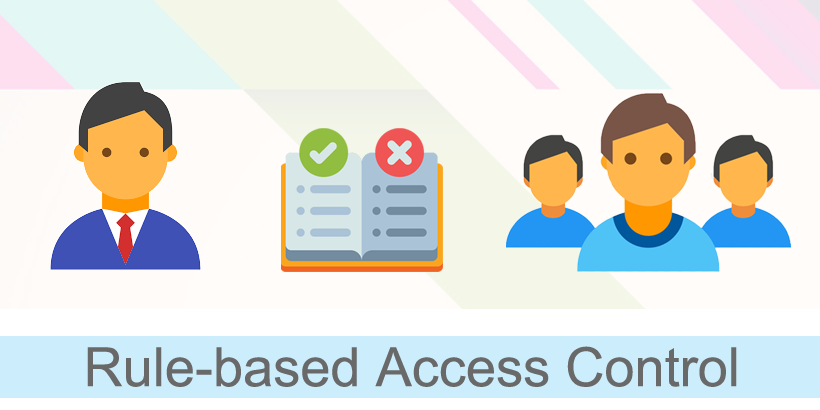
Rule-based Access Control
Most smart access control systems encompass a wide range of security features, which provide the required design flexibility to work with different organizational setups. Rule-based access control is a convenient way of incorporating additional security traits, which helps in addressing specific needs of the organization.
This blog will provide a clear understanding of Rule-based Access Control and its contribution to making access control solutions truly secure.
What is Rule-based Access Control?
Rule-based access control allows access requests to be evaluated against a set of rules predefined by the user. It is used as an add-on to various types of access provisioning systems (Role-Based, Mandatory, and Discretionary) and can further change or modify the access permission to the particular set of rules as and when required.
IDCUBE’s Access360 software allows users to define access rules such as global anti-pass-back, timed anti-pass-back, door interlocking, multi-man rule, occupancy control, lock scheduling, fire integration, etc. In timed anti-pass-back, a person can only check-in to a protected area for the second time, after a predetermined time interval posts his first swipe. Another example is that of the multi-man rule, where an authorized person may a access protected zone only when another authorized person(say his supervisor) swipes along with the person. Occupancy control inhibits the entry of an authorized person to a door if the inside count reaches the maximum occupancy limit.
Rule-based access control increases the security level of conventional access control solutions in circumstances where consistency and certain discipline are necessary for the use of access credentials as per the compliance requirements. However, it might make the system a bit complex for users, therefore, necessitates proper training before execution.


 UAE
UAE
 IN
IN









